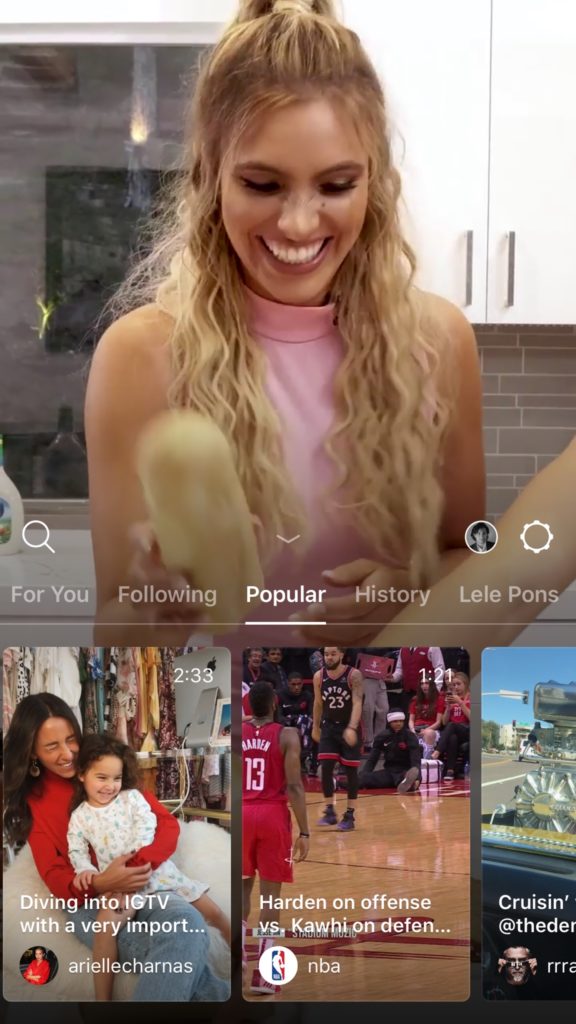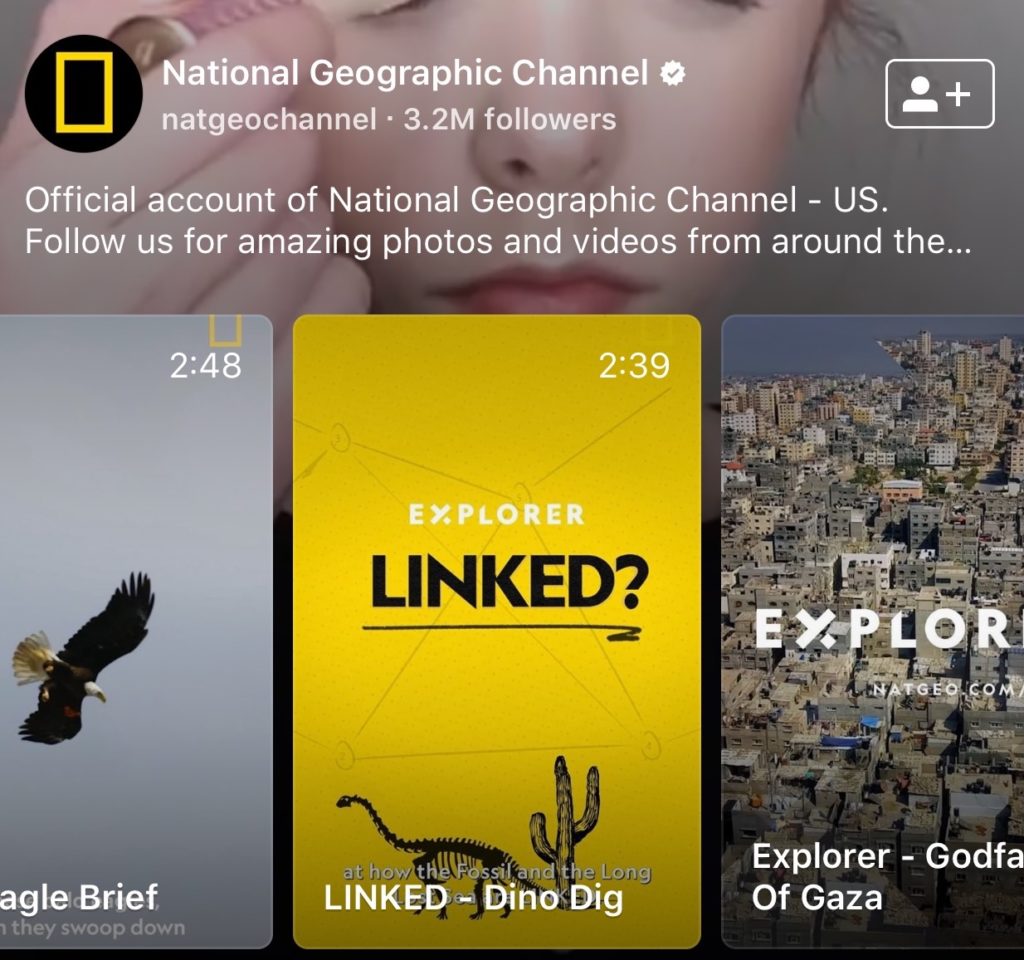Last summer, Instagram entered the long-form entertainment space with IGTV, a content hub and standalone app that lets users upload videos up to ten minutes in length. But unlike other video platforms, IGTV requires creators to upload in a vertical, 9:16 aspect ratio. This differentiating factor encourages creators to think outside the box and embrace a new way of looking at content creation (and at their phones).
While users have been slow to embrace IGTV, the app continues to add new functionality that makes it easier than ever to discover content. Just last month, IGTV implemented a feature that allows users to create a 60-second video preview and share it directly to their regular Instagram feeds. This, combined with an earlier integration between IGTV and Insta Stories, has given new wind to the platform.
Is it finally time to ditch the landscape life and embrace a vertical viewpoint?
Recap: The Rise of Vertical
While traditional video is shot in landscape, vertical content has been slowly on the rise as social media continues to reshapes our viewing habits, including the way we hold our screens.
Snapchat was the first platform to demonstrate that form follows function with its emphasis on vertical media. Instead of fighting human behavior, they embraced the fact that 72 of millennials don’t rotate their phone when watching widescreen videos.
If Snap proved the legitimacy of vertical video, Instagram cemented it when they debued Stories in 2016. In less than three years since its release, Stories boasts double the amount of active daily users compared to Snapchat. As a result, millions of new viewers are exposed to vertical video every month.
Discovery Made Easier
All the content in the world means doesn’t mean a thing if audiences can’t find it, and presently, discovery is IGTV’s chief hurdle. Unlike a keyword-based search system such as YouTube, IGTV forces users to search by channel name. This has made it difficult for creators to get their content out to followers, which this latest update takes a big step in fixing.

Brands and content creators that have begun using the 60-second preview feature are seeing impressive results. According to Later, some channels have seen an increase in viewership upwards of 300 percent. Preview videos live on in creators’ regular Instagram feeds, which means that followers can discover the content even after its initial release. As more creators find their way to IGTV, we expect video previews to become a major part in how they distribute content. Instagram’s traditional app isn’t slowing down anytime soon, recently passing 1 billion active users a month, and its trajectory will mean an even bigger push for IGTV.
A Vertical Workflow
Most content creators are unfamiliar with shooting and editing in vertical, but for those willing to learn, there’s a wealth of resources to help. We especially like Amanda Webb’s list of the top video editing apps for vertical, which includes the following:
- Vid Lab
- Cute Cut
- InShot
Along with dedicated apps, most major software allows for vertical editing, including iMovie! However, their workflows can be a bit tricky, so we recommend checking out one of the many excellent tutorials to make the most of your videos.
There’s also the problem of what to do with vertical content once it’s made. While a YouTube video can easily be chopped up, redited and distributed on other platforms like LinkedIn and Facebook, there aren’t many places to reuse upright video. However, most major platforms are pushing towards vertical, including YouTube (after all, 70 percent of all content being consumed on mobile), and we anticipate that IGTV content will become much more versatile in the near future.

Lean-In vs Lean-Back
IGTV’s last hurdle is the issue of audience behavior. Instagram is famous for fast scrolling and quick consumption, which doesn’t exactly lend itself to binge watching the next season of Game of Thrones. According to Statista, the average user spends 3.1 minutes on Instagram in a single session. If IGTV hopes to convert scrollers into viewers, they’ll have to create a “lean-back” environment.
What exactly is lean-back media? To answer this, think about the last time you watched an episode of television. Chances are you weren’t huddled over your phone, with your fingers ready to swipe at a moment’s notice. By contrast, lean-back media invites viewers to consume content passively in prolonged sessions.
If that sounds a bit like watching regular TV, it’s because it is! A laid-back, relaxed viewing experience is exactly what platforms like IGTV and Snapchat are trying to foster, and they’re hoping that millennials – already accustomed to a world without television – will come on board. The new video preview feature may be just what the platform needs to bridge the gap, giving users an easy way to switch between casual scrolling and focused viewing.

View from the Top
IGTV might still be in its infancy, but it has the potential for explosive growth in 2019. As Instagram continues to incorporate features that address key challenges, such as its search functionality, vertical video could very take hold as the new norm for consuming content.
This is a huge opportunity for brands and content creators alike. Those who are first to a platform often reap the rewards of an early start, and as it stands, IGTV is wide open for anyone ready to stake a claim. But those interested in leveraging this new space will have change the way they view content.
Starting of course, with the angle of their phones.

